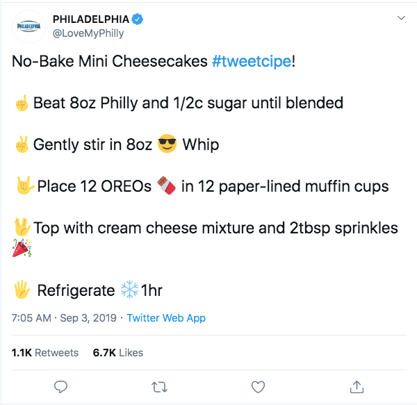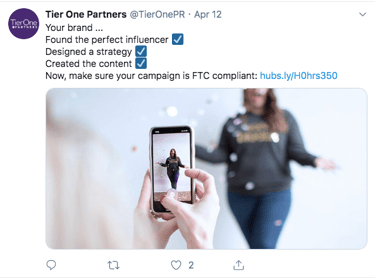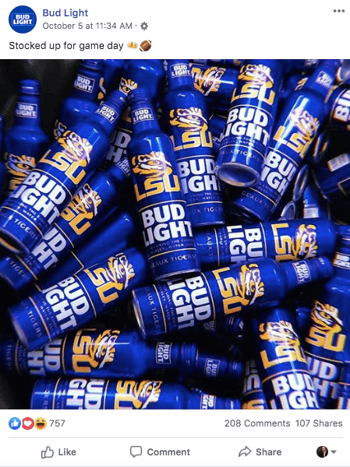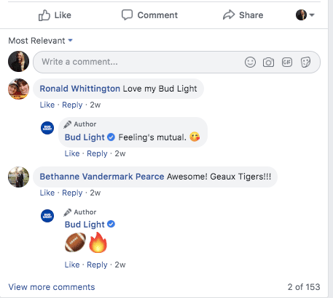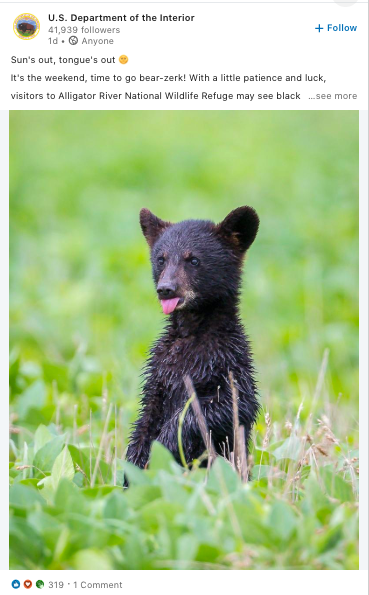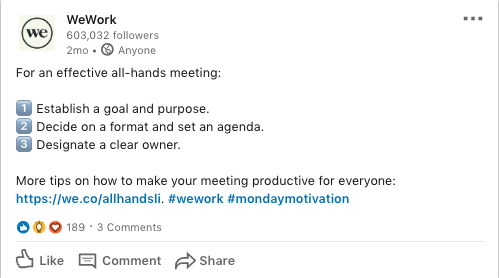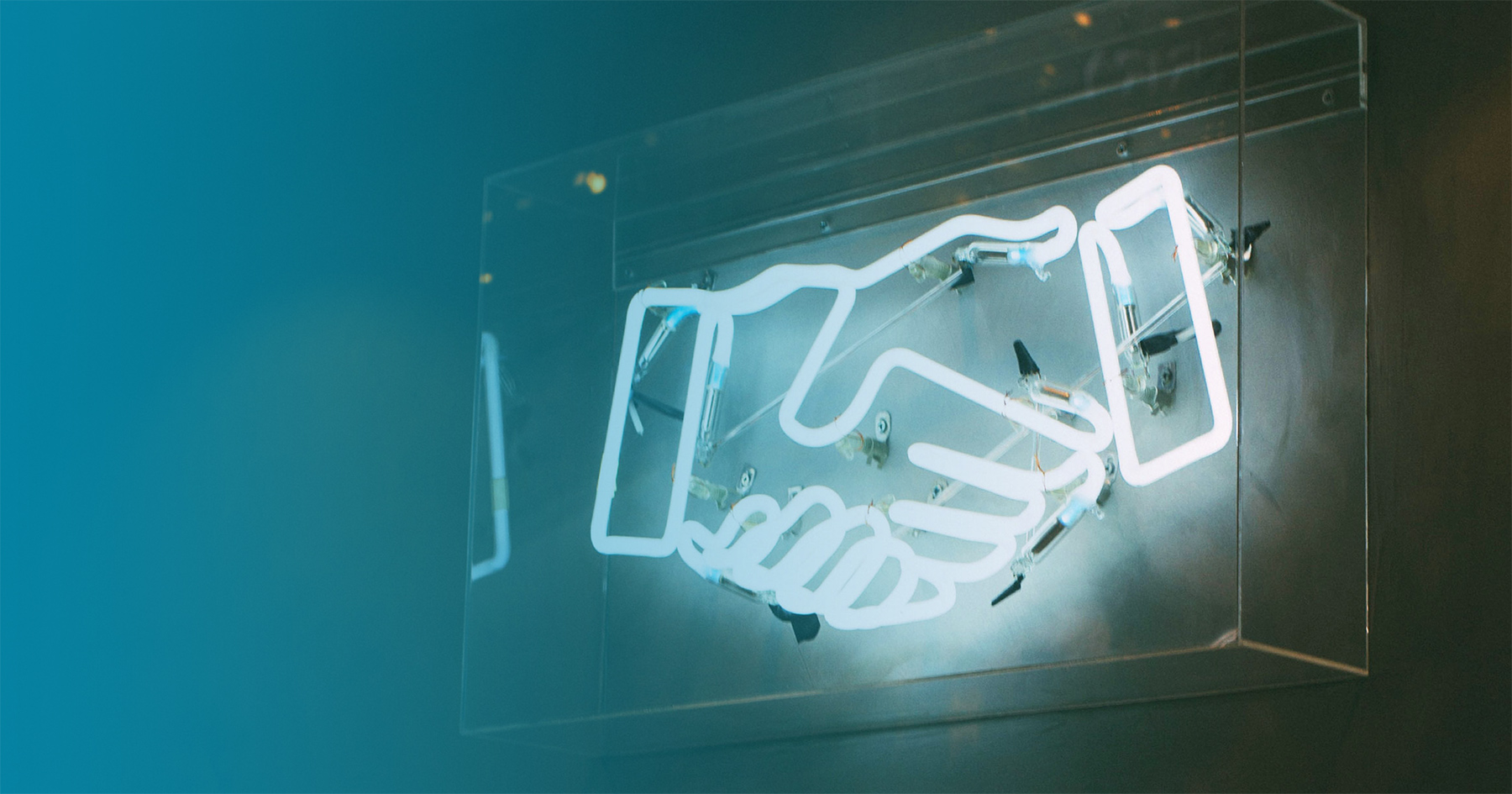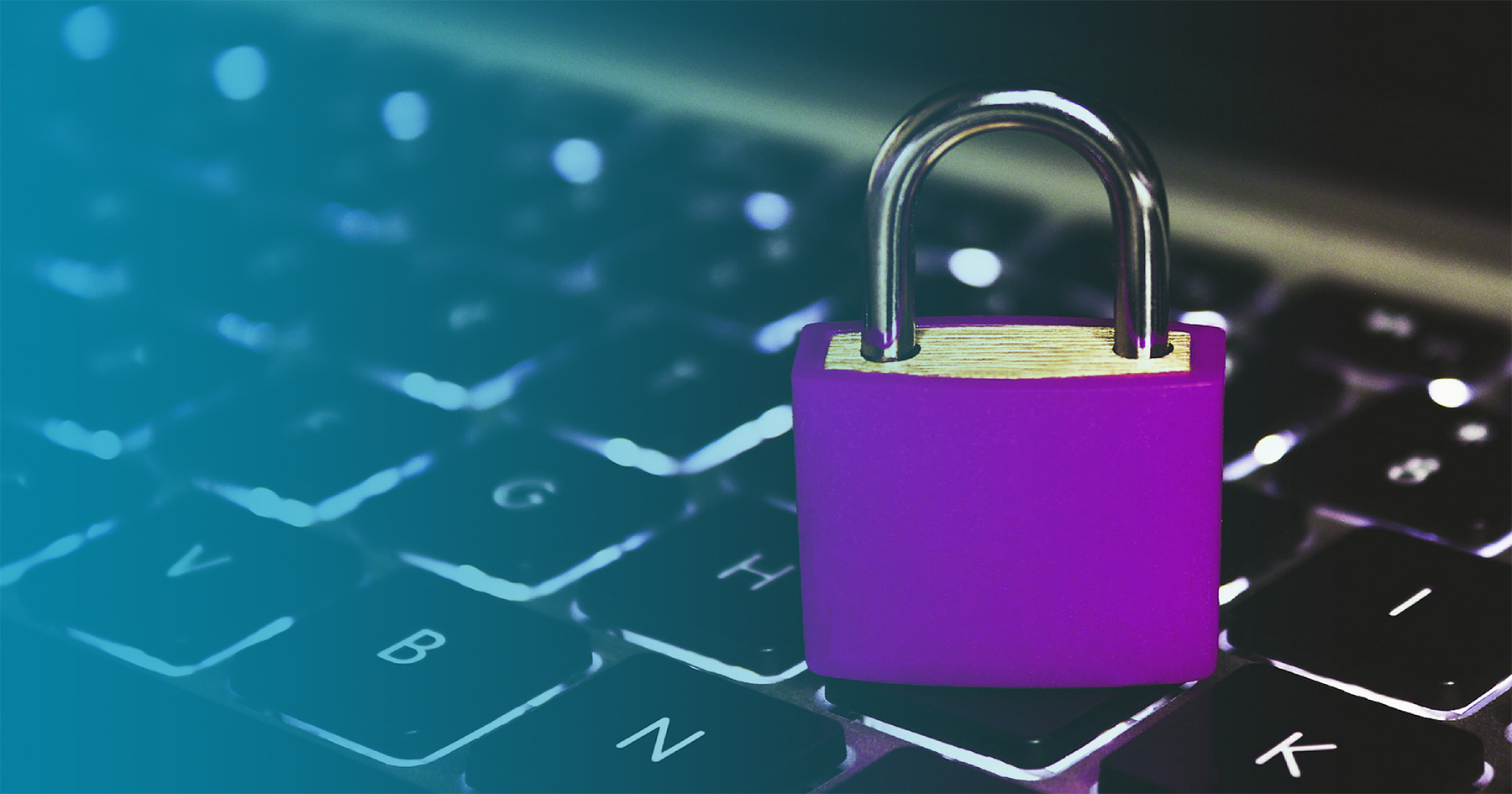TOP TALK
🔥 Up Your Marketing Strategy With the First Language of Digital: Emoji 😀

Posted By Maria Prokopowicz on November 06, 2019
Emojis are a content and social media tool that can be used to convey emotion, add emphasis or nuance, and inject personality and color. And while the thought of brands using emojis as a marketing tool may have once been a daring (or disastrous) move, today we shudder at the thought of a 🌎 without them.
More than half of emoji users say they’re more likely to interact with a brand’s social post that uses emojis and 44% say they’re more likely to purchase from a brand that features them in ads. But wait, there’s more. When employed correctly by brands, emojis are proven to boost engagement.
Of course, throwing emojis into your social media posts, throughout your website, or in other marketing content without any strategy is not such a great idea 😕. But with the right approach (and strategy), emojis can make your messages pop 💥 and significantly extend the reach 📏 of your content.
Emojis on Social Media 😍
Whether you’re B2B or B2C, all businesses can use emojis on social media — the trick is to understand how to make the most of them on each platform and (as always) make certain they align with the brand voice you’ve established.
Twitter has always been a sweet spot for emojis, at first for very practical reasons. With only 140 characters (now 280), these emotive icons were often the only way to clearly and concisely communicate messages that would otherwise require more text. Twitter is also a place where brand-audience interactions are less formal and companies feel more comfortable showing some personality — the perfect space for emojis.
And if you’re not convinced yet, here’s a stat to consider: tweets with emojis typically see 25% more engagement than those without. Case in point: Philadelphia Cream Cheese’s use of emojis catches your eye with a mix of symbols (key to stand out in a crowded feed), and brings the contents of the tweet to life. Because the tweet itself is lighthearted, the emojis don’t take away from the subject matter and accentuate its playful tone (and inspires likes and RTs).
Even if your brand prefers to maintain a more serious tone on Twitter, that doesn’t mean emojis are out of the question. Using a ☑️ (options exist, so pick your favorite) can be an easy way to add intrigue to a list.
Or consider asking your audience a question and prompting them to respond with a 👍🏼 or 👎🏼 to indicate their response — you’ll catch 👀 with the emojis and encourage even more engagement.
Emojis can also be a major attention grabber on Instagram, another social platform where brands typically feel more comfortable letting their hair down. A study of more than 34,000 Instagram profiles and 5.9 million posts found the more emojis in a caption, the higher the engagement rate. In fact, profiles with up to 1,000 followers saw the most engagement when captions had 10+ emojis, and profiles between 10,000 and 100,000 followers saw top engagement on photos with four to 10 emojis included in their caption 😱.
Here, software giant Oracle provides a great example of how a B2B brand can take advantage of emojis. Not only does it prompt action and engagement from followers with the down-pointing finger, it asks for responses through emojis — a lighthearted way to increase interactions between the brand and its followers.
When it comes to emojis, Facebook is often seen as a middle ground between Twitter and Instagram’s playfulness and LinkedIn’s professionalism, so consider how your brand typically markets itself on the platform before introducing emojis to the mix. If your Facebook persona has a lighter tone, the occasional emoji could be a great addition (and can boost your likes by 57%). But like any and all marketing messages, authenticity matters most. So if it feels forced or way out of your style, leave the emojis elsewhere.
Bud Light isn’t afraid to show tons of personality on social media and makes use of emojis in nearly every post on Facebook. The brand incorporates them into both captions and comments so they feel natural and in line with the page’s persona.
As the most professional of the social networks, you might immediately disqualify emoji usage on LinkedIn. But when it comes to this platform, it’s critical to keep in mind emoji etiquette 101: Remember who your audience is and how they might receive your message. For many brands, emojis on LinkedIn may be a turn off to the professionals reading their posts. But, for others, they can be a subtle way to add a little flair to the otherwise more serious platform.
For example, while emojis, government agencies, and LinkedIn may seem like an unlikely trio, the U.S. Department of the Interior’s use of the sun emoji fits perfectly with this lighthearted, weekend-facing post on the professional network.
And while WeWork’s post contains a more serious subject matter, the use of emoji numbers rather than numerals makes the post eye-catching, while maintaining professionalism.
On social media, you can find an emoji to go with just about every post. But to maximize their positive effects, you must make sure they make sense with the message you’re conveying and that your audience will be receptive to them. If you are just testing the waters of emojis, start small and gauge the reaction you receive. From there you can build an emoji strategy that compliments your social presence on each platform.
Emojis in the Inbox 📬
We ❤️ emojis in a subject line. It’s a simple way to make your email stand out in a jam-packed inbox, pique the interest of readers, and boost click-through rates. In fact, 58% of emoji users say they’re more likely to open an email with an emoji in the subject line. But just like on social, it has to make sense for both your business and the message you’re sending.
For instance, it wouldn’t be appropriate to include this guy 🤑 in an email letting customers know they’re late paying a bill (same goes for 💰or 💸). But if you’re sending them a message regarding a new offer or discount, it could be perfect.
Postmates, a food delivery service, always has an emoji (or two) in its subject line. Its use of emojis makes sense with the rest of the subject lines and the themes of the emails. Most importantly, because it’s on-brand with Postmates’ fun-loving and indulgent personality, it feels authentic and natural.

Remember to be thoughtful and tasteful with your emojis. If you get too emoji-happy, you may end up making your email look like spam and go straight to the trash folder. If emojis are new to your brand, give A/B testing a shot to see what emoji tactics work best with your audience.
With more than 3,000 (‼️) emojis to choose from, we now have access to a new, universal language that brings words and sentences to life. These tiny images cover a wide (and expanding) range of emotions, objects, scenes, and symbols, from a simple soft smile 😊 to a delightfully detailed desert 🏜. Whether you use them to tell a story 📚 or to add a finishing touch 💅🏻 to a post, emojis present a wealth of creative opportunities that can break down barriers between brands and audiences.
Want to learn more about how you can make the most of your social media strategy through brand voice, messaging, and (of course) emojis? We’d love to help. Give us a call or send us a note today so we can help you bring your social channels to life.

